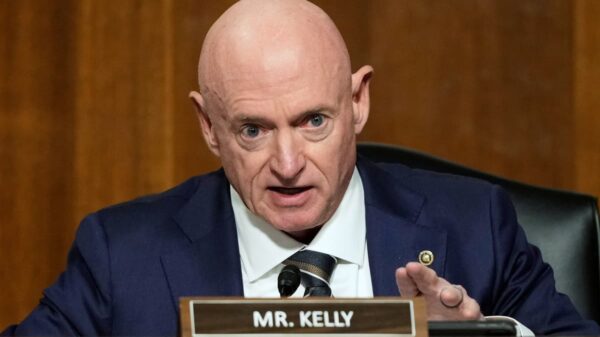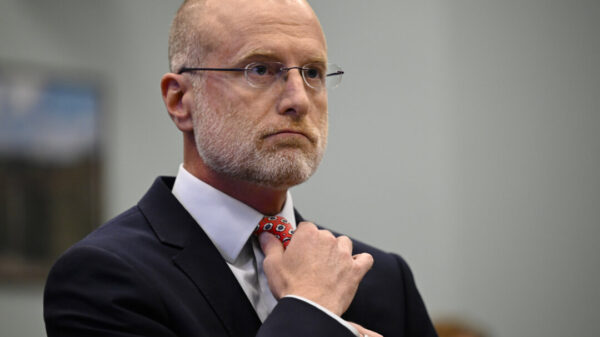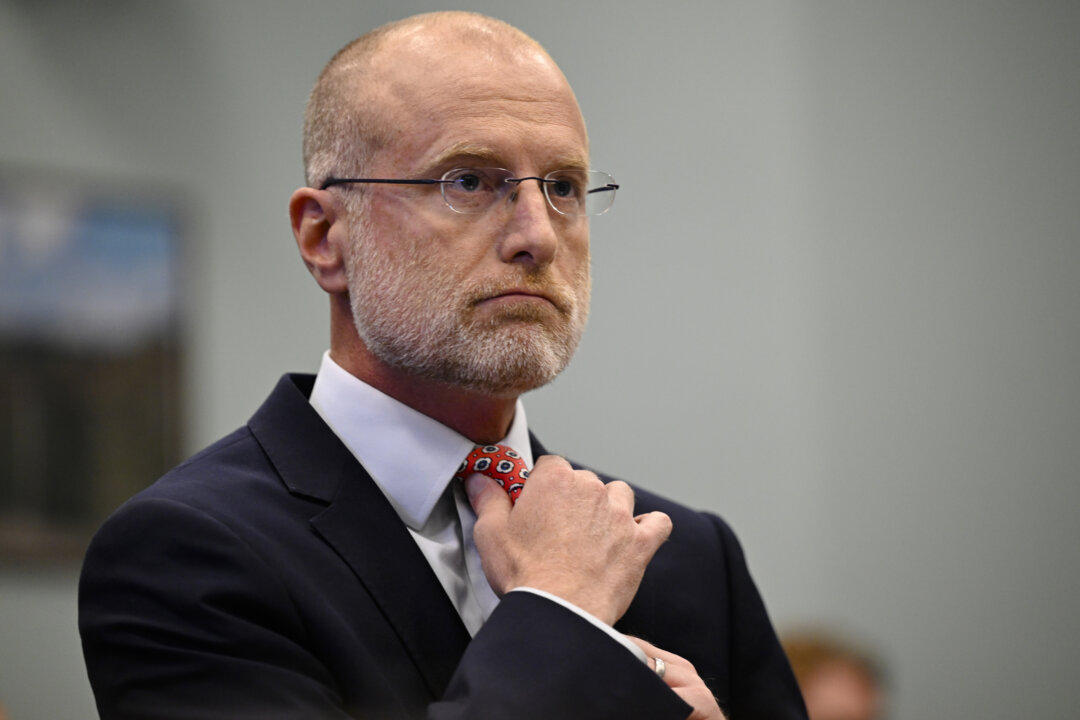President Donald Trump has expressed his opposition to a potential initiative by the Federal Communications Commission (FCC) that seeks to revise regulations governing television station ownership. The proposal aims to lift the existing cap on ownership, which currently restricts any single entity from owning television networks that reach more than 39 percent of television households in the United States.
FCC Chairman Brendan Carr has indicated interest in updating the “national television multiple ownership rule” or the “national audience reach cap.” This regulation has been in place to promote diversity in media ownership and ensure that no single company has excessive control over television content. In 2017, Carr noted the importance of reviewing this rule and suggested that the commission would benefit from public input on the matter.
In June 2023, the FCC reopened the discussion on this rule, inviting updated public comments to “refresh the record.” This move is part of the commission’s ongoing efforts to evaluate its regulations in light of changing media landscapes and market dynamics.
Trump’s opposition underscores a significant concern regarding media consolidation. He argues that lifting the cap could lead to a reduction in diverse viewpoints in television programming, which is crucial for a democratic society. His stance resonates with various advocacy groups that caution against further concentration of media ownership, emphasizing the risk of fewer independent voices in the industry.
The debate surrounding the ownership cap is emblematic of broader discussions about media regulation in an era of rapid technological change. Industry analysts are closely monitoring the situation, as changes to ownership rules could have far-reaching implications for content diversity and competition in the broadcasting sector.
As the FCC continues to solicit feedback, stakeholders from various sectors are expected to weigh in on the potential impacts of this initiative. The outcome of this deliberation may shape the future landscape of American television and influence how media companies operate within the evolving digital environment.








































































